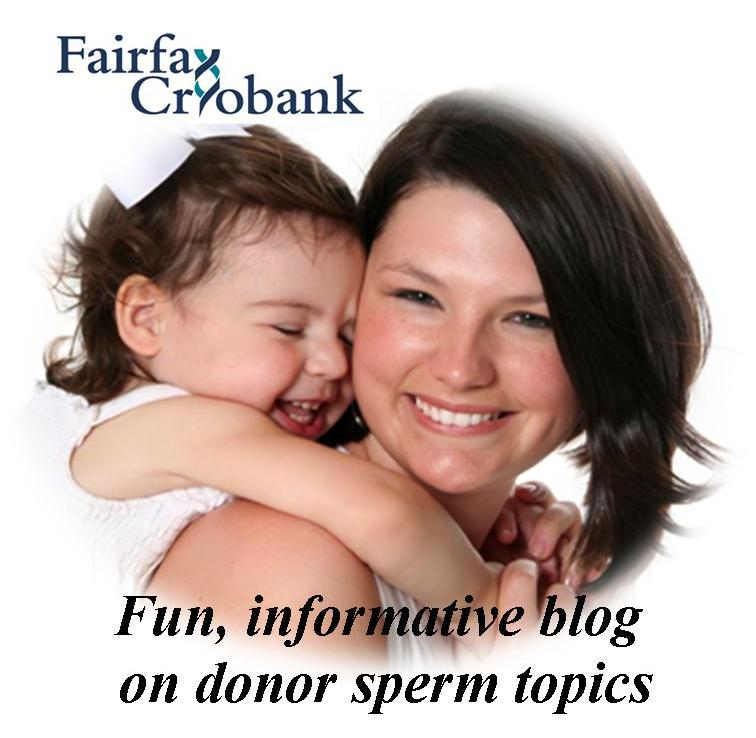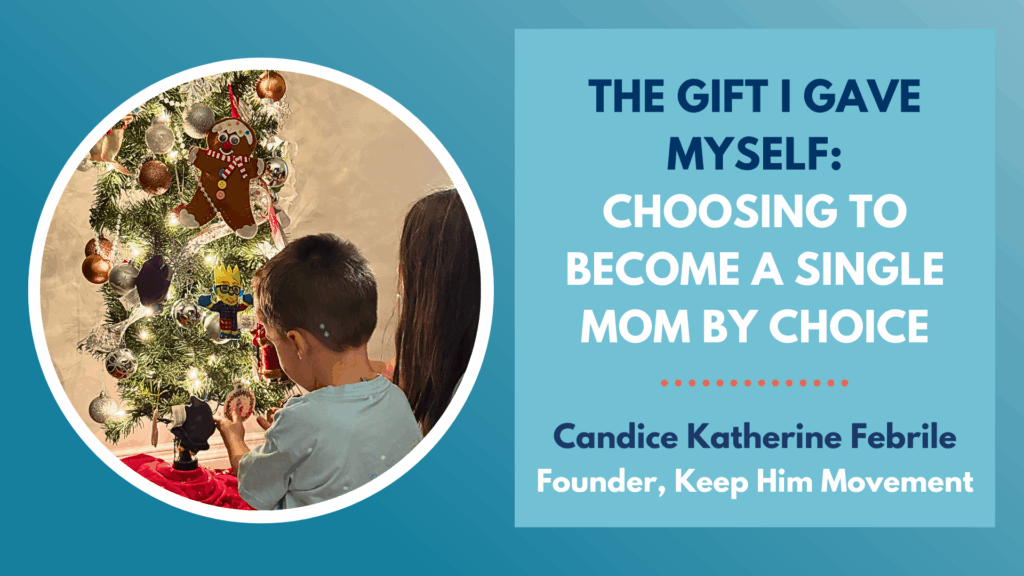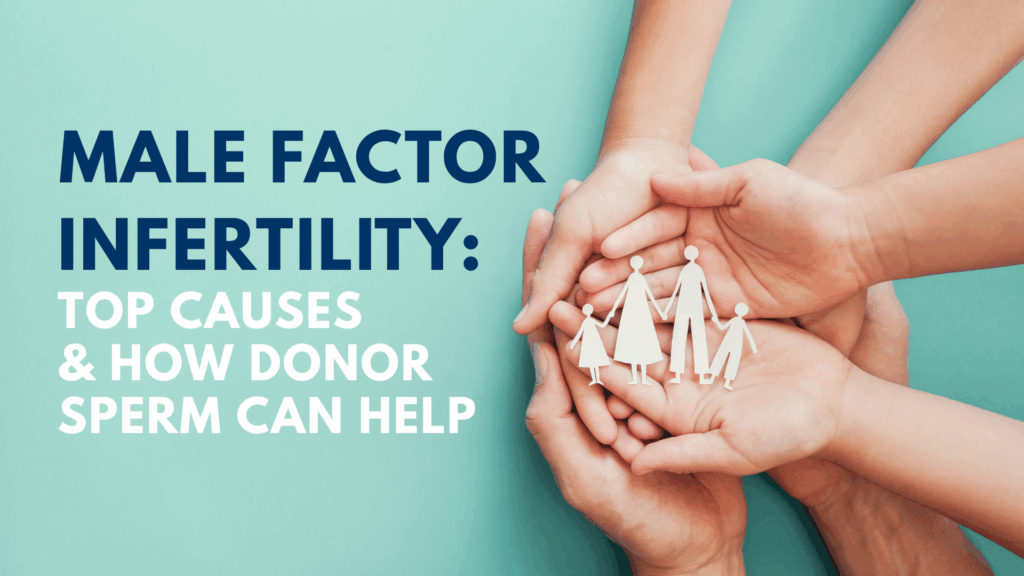Is IVF right for me?
From the American Society for Reproductive Medicine about IVF:
In infertile couples where women have blocked or absent fallopian tubes, or where men have low sperm counts, in vitro fertilization (IVF) offers a chance at parenthood to couples who until recently would have had no hope of having a “biologically related” child.
In IVF, eggs are surgically removed from the ovary and mixed with sperm outside the body in a Petri dish (“in vitro” is Latin for “in glass”). After about 40 hours, the eggs are examined to see if they have become fertilized by the sperm and are dividing into cells. These fertilized eggs (embryos) are then placed in the women’s uterus, thus bypassing the fallopian tubes.
ASRM What is In Vitro Fertilization?
IVF vials from Fairfax Cryobank:
IVF specimens contain seminal plasma and require additional processing if used in procedures other than intracervical insemination. Our specimens have been frozen after the addition of a freeze medium containing a cryoprotectant that will protect the cells during the freezing and thawing process.
The number of sperm cells needed in an IVF procedure with/without ICSI is considerably less than what is typically used for an ICI or IUI procedure.
Fairfax Cryobank produced IVF vials in response to feedback from clients who were looking for an economical alternative to purchasing our standard IUI and ICI vials, which contain 10 million total motile cells (TMC) per vial, and only needed donor sperm as a back-up in an IVF procedure with or without Intracytoplasmic Sperm Injection (ICSI).
ART vials from Fairfax Cryobank:
If used in an IUI procedure, the IUI ART does not require further preparation after being thawed. Both ICI ART and IUI ART vials can be used in IVF with/without ICSI, ICI, and IUI procedures but may require post thaw processing. Going forward, we anticipate that the ART vial will be more popular than the IVF vial.
“Over 5 million babies have been born since the first IVF birth in 1978, with more than half of them born in the last decade.”
Creating a Family IVF








